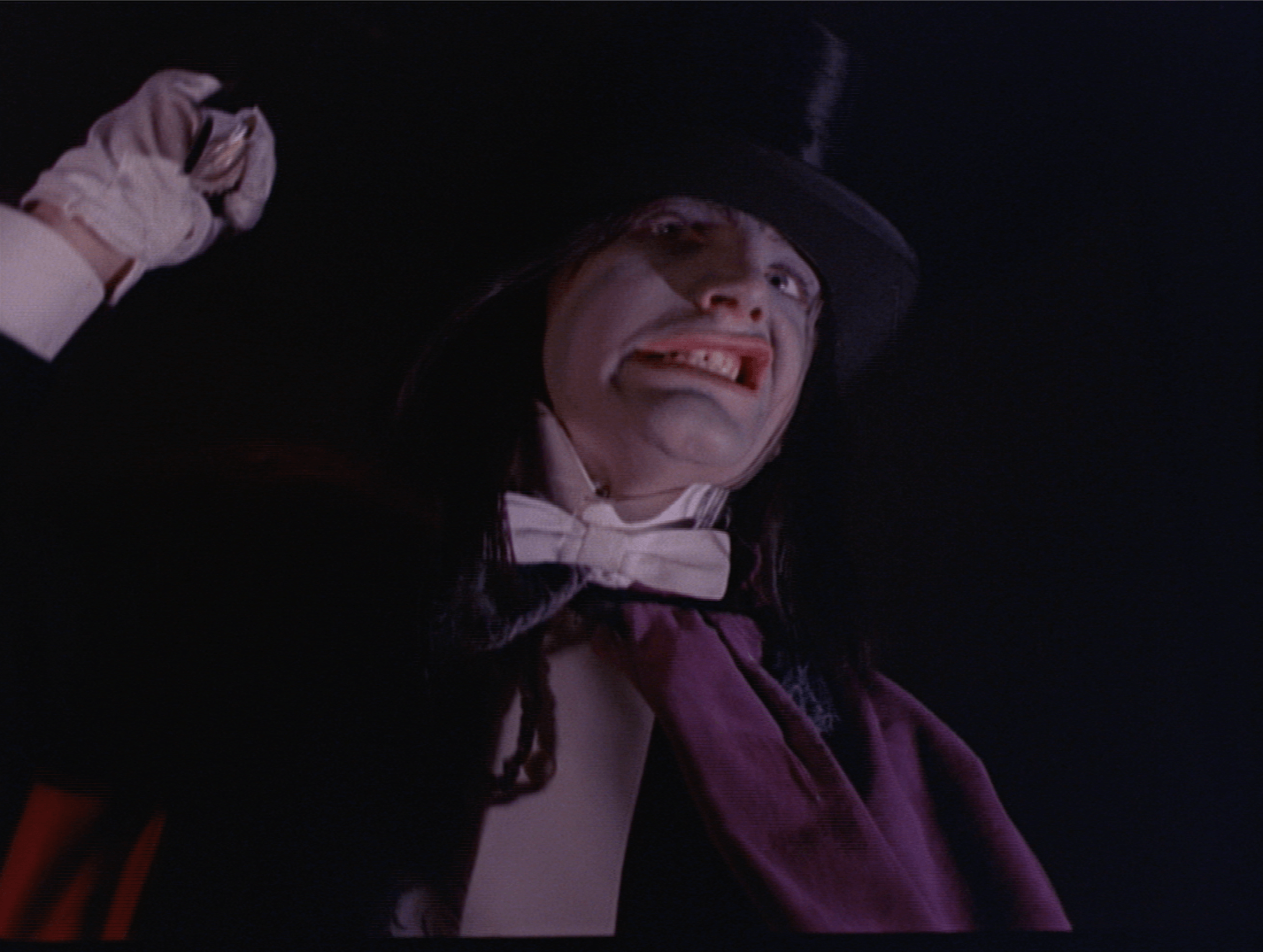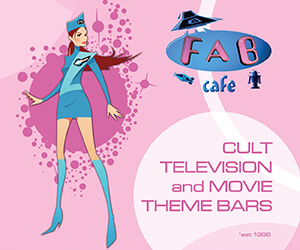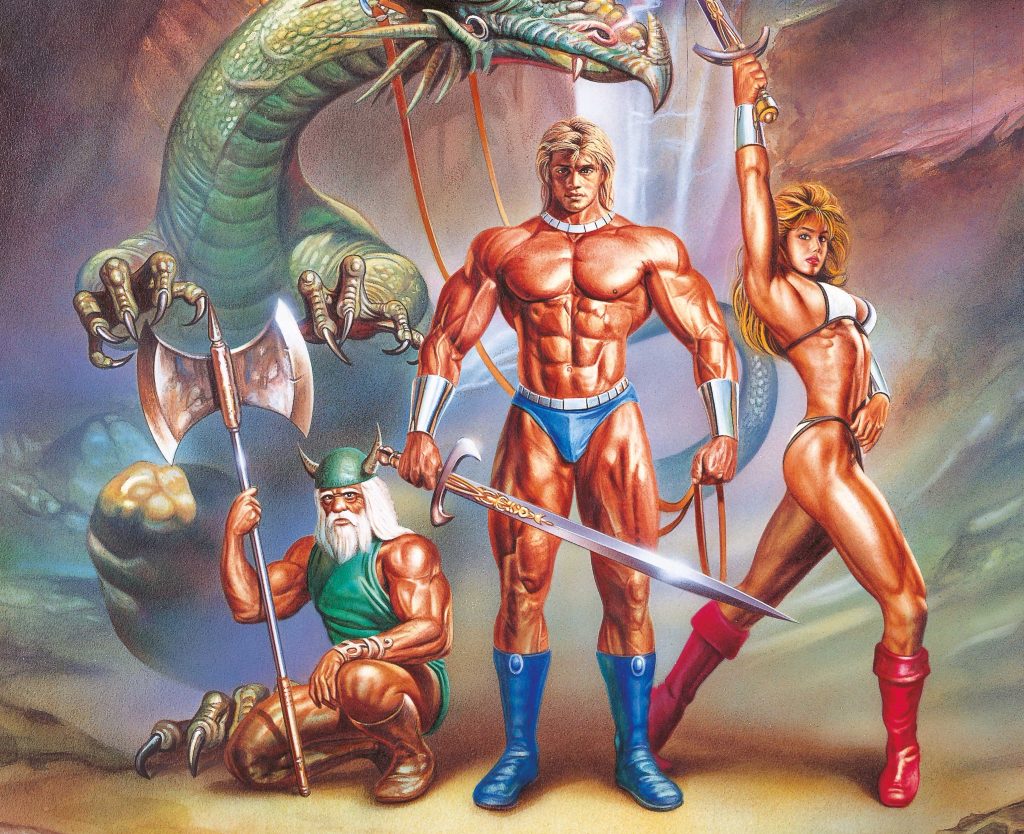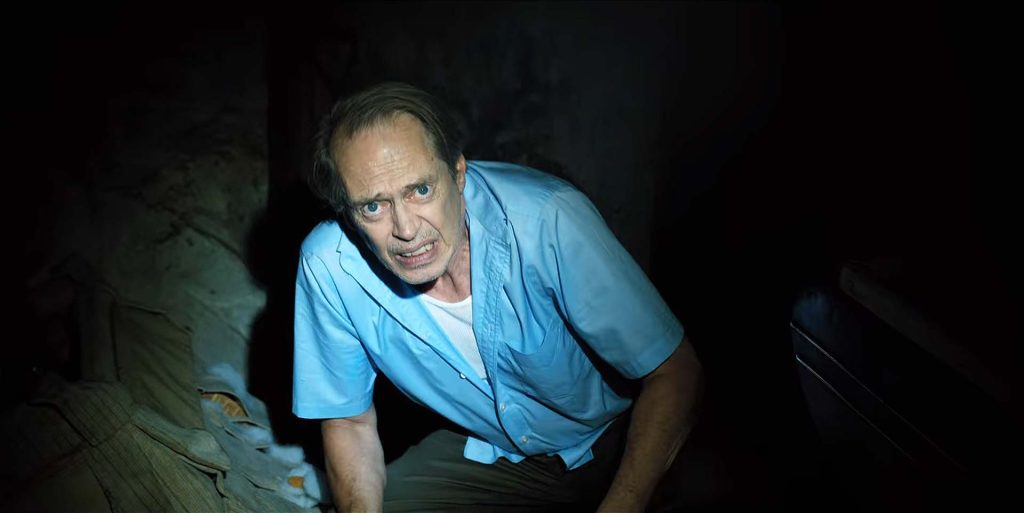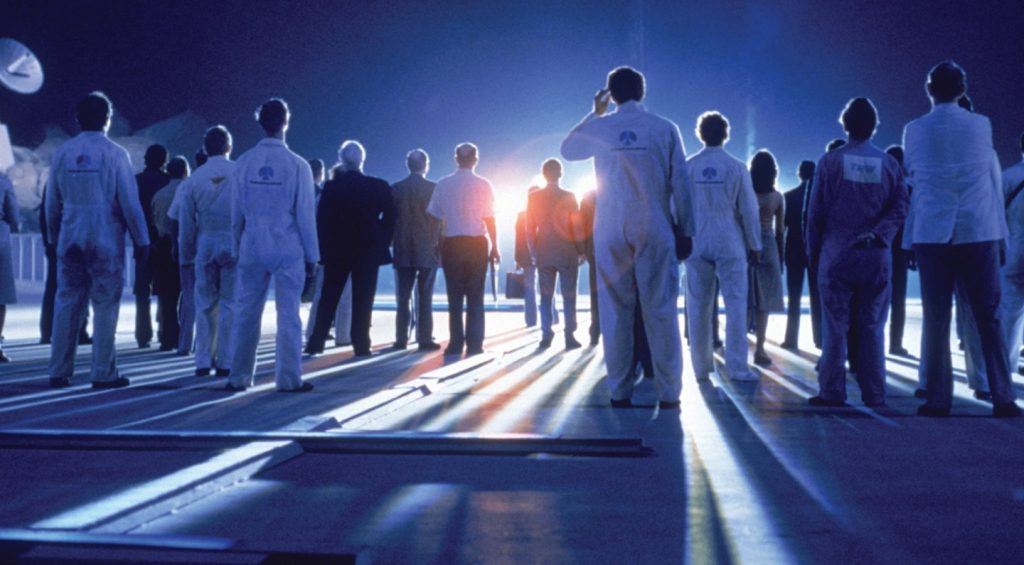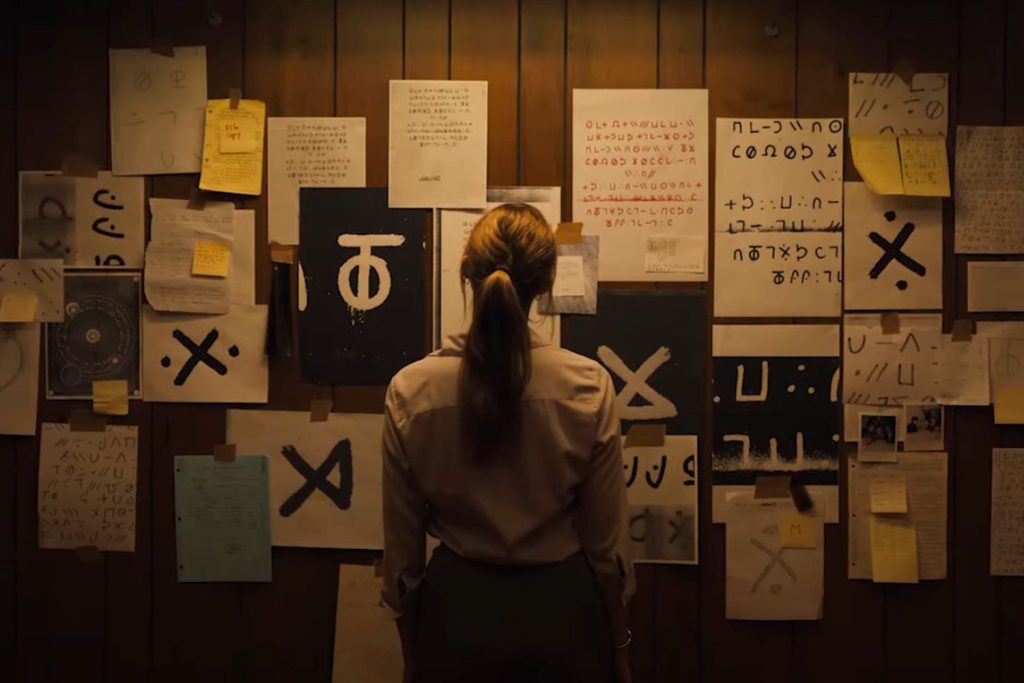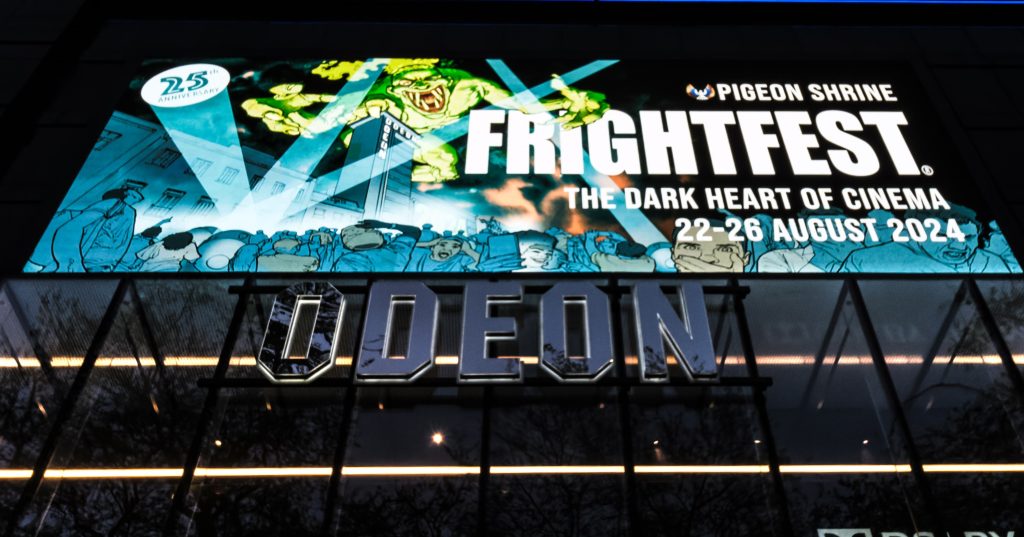The second volume of forgotten short films is set to be released by BFI Flipside so we caught up with the team behind the SHORT SHARP SHOCKS releases to find out what we can expect…
STARBURST: Could you describe your roles within the BFI?
Vic Pratt: I work for BFI video publishing so I’m producing the disc. We all share an affinity for the sort of strange, weird, obscure, curate’s egg, off-the-critical-radar type of films that Flipside embodies. I used to be in the curatorial department of the BFI, but I’ve sidestepped over into video publishing.
Josephine Botting: I’m a curator of fiction. The curatorial team, essentially, are gatekeepers for the National Film Archive collection. We liaise with donors, bring stuff in, and then we put stuff out the other end when it’s kind of ready to go. I work mostly with fiction films between the ‘30s to the ‘90s. That’s my area of interest.
William Fowler: I’m a curator in the archives as well. And I’m in the fiction department with Jo. I have a specialist focus on artists and experimental film, but I have wider personal interests and I’ve been involved with BFI and working on various different DVDs with Vic and Jo for some time now.
How do you choose a Flipside film?
VP: I think there are certain key factors in evidence when you’re choosing a flipside film. Usually, we try and do stuff that is not massively familiar to the outside world. We’re not in the mainstream, we’re sort of uncharted territory. It’s all British and it’s generally stuff that comes out of the BFI archives in some way or another. We go for films that may have been critically disdained or derided upon their original release and through the years. Stuff that probably exists outside of the established canon of British filmmaking classics. We try in what we release to provide entertainment but also to tell a story. The idea is to give us a kind of alternative history of British cinema and television.
JB: I think stuff that you find interesting or that piques your interest, or that speaks to you in some way about a side of British cinema that people don’t often see.
WF: They may not be brilliant from start to finish – many of them are – but it may be that there are key performances in them or an unusual type of film or a certain person that’s working in an idiom that they don’t normally work, or key scenes that are just really fantastic. The idea that the rest of the film has to be brilliant has perhaps prevented certain films from getting the type of attention they deserve. So it can be looking at something in quite a few different ways and sometimes they haven’t historically gotten the attention they deserve. I think there’s been a bit of a change there beyond the film culture that this sort of material is more accepted. I think what’s always fascinating for us as these between-genre films that will try and hook on to some element of a thriller or horror thing but then do something else at the same time. That kind of awkwardness of the film sometimes can actually be a point of appeal, whereas in the past maybe people were put off by that.
It was quite strange when we saw the BFI started releasing exploitation films and things like that, which we really love.
JB: Yes, it acts as a sort of acts as an antidote to all the constant recycling of David Lean and Powell and Pressburger that gets done, doesn’t it? That’s what it feels to me.
WF: I wonder whether the fact it’s a combination this is different stuff you don’t know about but then it’s also the BFI. It gives a bit of authority or gives certain people permission to be interested in things that they might have not approached. I guess it’s a curiosity and a level of trust, maybe.
VP: I think it’s really fascinating how many of the films that we’ve been celebrating got totally torn to pieces by the BFI on their first release. If you look back through the pages of Monthly Film Bulletin, they’re like ‘this dreadful piece of old rubbish; like watching paint dry, etc.’, you know, calling it horrible exploitation. I think to redress that balance, to try and puncture some of that pompous bubble of organisational critique is part of what we’re trying to do here, I remember when Stanley Long came in to introduce Primitive London at the South Bank back in about 2007, he rolled up in his huge black Bentley and he was so delighted because at last the establishment had given him his five minutes in the sunshine and he said, “If only Mary Whitehouse could see me down” as he stood at the front of the stage. It was quite incredible just to shake up the box a bit on how we look at stuff. I think it’s really important to celebrate all those weird bits that don’t quite fit neatly into the puzzle.

Mingoloo
This is the second volume of Short Sharp Shocks. The first one was a great mix of films, as is this one. How did you choose the films for the second one?
VP: Well, a lot of it comes down to what you can clear the rights for. I remember when we put the first one out, you know, like various people would write in on the Facebook page and say things like “why isn’t this or that on there” and “missed opportunity BFI”, and you know, it’s not that we don’t know that film exists, It’s just that it’d cost is an absolute arm and a leg to licence it, you know, or there are other ones where you can’t possibly licence it because they’re never going to let you licence it. Then there are other ones where we’d love to licence it but there’s no material, or we don’t know who has the rights. So there are all kinds of hoops you have to jump through. So I guess what we have to find the balance between is where we spend the money. Do we spend the money on massive rights clearances or do we spend the money on getting lovely new HD remasters, which we tried to do across the set. We work a lot with people who maybe have retained the rights in their films, like Ian F.H. Lloyd, who directed Face of Darkness, which is a much-vaunted missing title of the ‘70s. He retained the rights in his film, so we were able to go to him and luckily, he’d kept all his 35mm elements so we could go straight back to that and rescan it in HD, so that was great. So we thought, oh hang on, that’s a bit long but then we thought oh we all think it’s kind of weird and wonderful anyway so let’s put it in there. It was the same with Robert Bierman, who has The Dumb Waiter on this set. He retained all the rights and had 35mm that we could use. This was the case also with Mark of Lilith, where the filmmakers there had retained all the rights in their film and they still had film material. So I guess some of it is born out of practical necessity where we go.
JB: I think what I really like about this collection is the personalities of the filmmakers really comes through with the films. Theodore Zichy is somebody I’m a big fan of now, we had two of his shorts on the first collection and his third – Mingoloo – is on this set. John Gilling [best known now for his Hammer films] has got a really interesting film in there [Escape from Broadmoor]. And as Vic mentioned, both Bierman and Ian Lloyd are people who had quite a strong personal vision and express it through those films that maybe didn’t make another film or didn’t make a lot of other films. I think that for me is a really key element of this particular collection.
WF: As the others said, the different shapes and different perspectives, that’s the Flipside thing. If it was all more traditional horror films one after the other, all of which exists in the same context of the film that we wouldn’t really be doing our job so well really. I think the fact that we’ve even got one that’s a construction site safety film called Hangman, which is an amazing piece of filmmaking. It’s interesting to see these films and think, “Wow, these people could have been action directors”. When you make films in that context it really has to deliver what you set out to do. It has to be convincing within the context of trying to demonstrate safety in building sites. It’s nice to say that variety, I suppose. People have different preferences for different eras, but it’s interesting because then you start to see these larger patterns in the film industry and where opportunities lie. Was it that people were making these safety films because they couldn’t really make any other types of films? The sound man on Hangman also worked on The Lake in the previous set, so you’ve got this crossover of people who work in certain genre fields, because of their skills in this gig economy, people crossover.
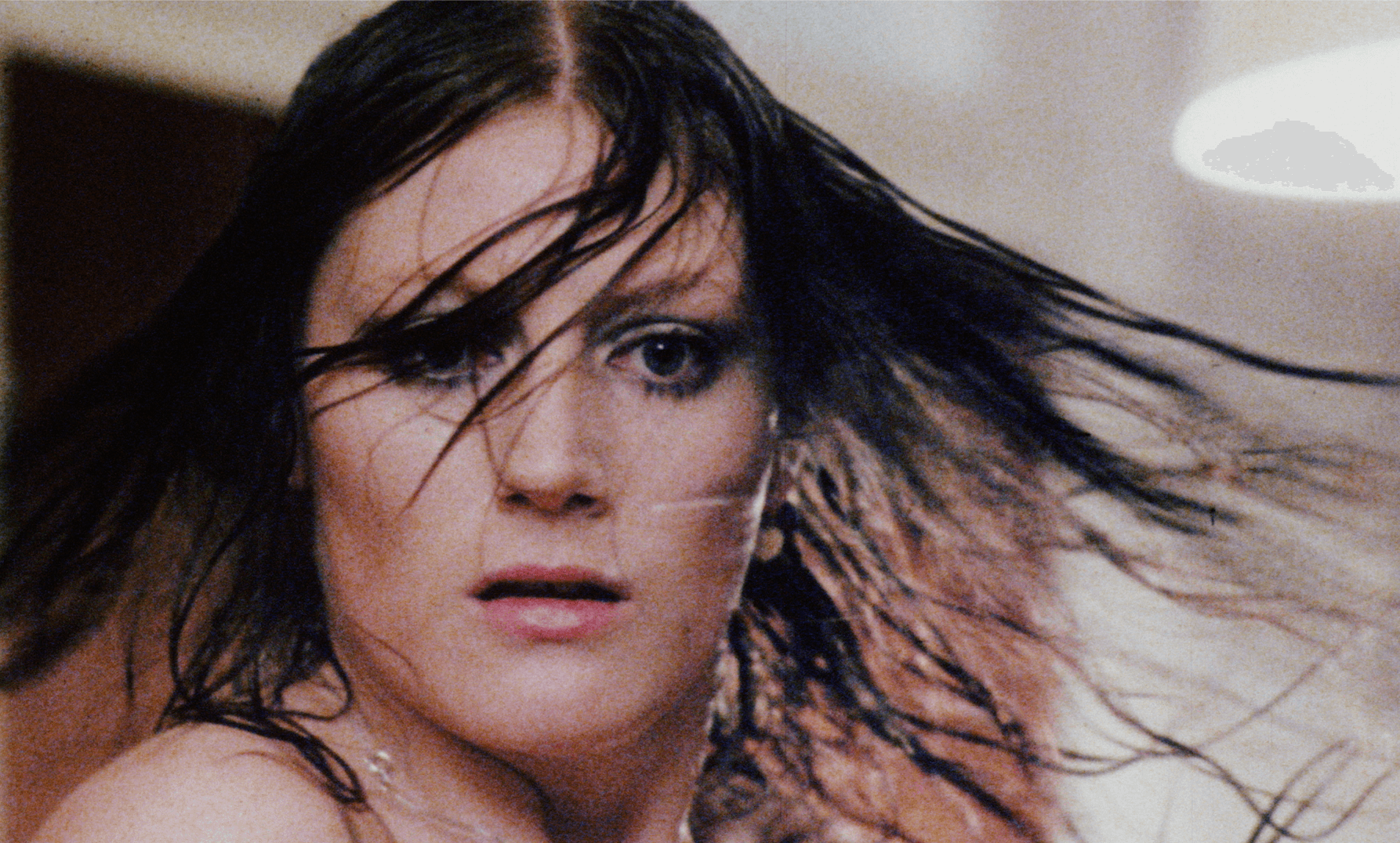
The Dumb Waiter
VP: Yeah, everything is connected, you just see these names and if it’s not the same person, it will be their son or the son of their son, it’s like a weird generational business. I really like in this set particularly that we’ve gone really far back and really far forward; we’ve gone right to the end of that short filmmaking era. I’m really happy that we’ve got these early quiz crime films, which are really fascinating artefacts riffing on the popularity of the whodunit. We’ve got that weird road safety film that Jo picked. It’s really amazing, with a very strange and ethereal quality. It’s supposedly about road safety but hints and all kinds of darkness in just in three minutes.
JB: And this was made for the Wanstead local council. Clearly, somebody on the council had a very vivid imagination and created this really very strange three-minute film, which does much more than it says on the tin, really.
VP: All these films, as we suggested, are marked by a singular vision; there’s something going on, people are not just going by the numbers and doing what you have to do they’re adding something extra in there. And even if you think, “I don’t really like that”, surely you’ll see something in it that’s fascinating.
WF: If you’re particularly interested in horror-thriller films then you’ll find these very individualistic takes cut into the original source material and shows you something about horror thriller films. I think different films turn the volume up to different levels so something that’s interesting is the horror genre and the Gothic genre has an innately queer thing going on. People talk about Dracula having a homosexual angle with Jonathan Harker and Dracula and people speculate the Bram Stoker himself was gay and these connections with Henry Irving, but these things don’t always get discussed and it’s interesting, in the case of Mark of Lilith, which is on the set, that really goes into that, and looks at it also from a feminist perspective as well. It looks at the kind of mutability of the vampire and larger race politics and combined hard didactic reflections on that with some actually really quite atmospheric scenes shot in and around London so it shows that the core DNA from some of this stuff can be picked over and bought out in different ways or the volume gets turned up in different context. You get the sense with a larger matrix around something and maybe even it’s quite challenging for different views are only drawn to certain types of work.

Hangman
VP: I think that’s one of those things that will be a divisive work in terms of what people take away from that, but I think it’s really great that it’s there because it allows people to open up new debates within their minds about what is the nature of the Gothic; what is the nature of the vampire.
WF: Many people are sort of nostalgic about the happy accident of watching TV late at night and seeing a short before a feature film that you didn’t know that you were going to see. We have those much less and we can’t claim the way exactly doing that with this set, but people will get to see things they’re not going to choose to see with a different content and that doesn’t happen so often now. Many people who are interested in these kinds of films fetishise that so it’s nice to have some sense of revisiting that maybe.
VP: Doing it in a sort of object-based way as well. I still like having objects like LPs, comic books, books, DVDs, Blu-rays, VHS, 9.5mm reels I got still got all this stuff in my garage. I know you know you can see some 30th generation copy of The Dumb Waiter on YouTube right now but isn’t it nice to have things looking lovely in a beautiful set with a booklet which has stuff all about it and it looks really great with the Graham Humphreys artwork on the front there. To actually choose to be given a selection of things. I used to love it when people used to make a tape for me with all their favourite tracks on it, and I would play it over and over. It would say something about them and about you and about their relationship to you and I think that’s what makes this so special. It’s filled with love and with care and attention, in high resolution with proper curation, and writing about it with love and respect and care even if it’s the most insignificant little film. So I guess that’s what it’s about for me. I really like to share that enthusiasm and joy and fun that there is in all this stuff. I think is a great thing.

Face of Darkness
What are your favourite films in this collection?
VP: They are all our children, we love each one!
JB: It’s not necessarily about loving them, isn’t it? But I really hope that even if people don’t like all the films, they at least find something interesting in them and that’s what Vic was saying about curation, they are all interesting. I think that’s why it’s good to have several of us choosing because I think one person’s selection, might be a little bit more narrow. I’m really pleased that we’ve gone back further back in time because the ‘70s and ‘80s were the eras of that type of film really. And that’s not to say there was loads of them but they were being made because they got shown as part of the programme in cinemas. But going back further they’re a little bit harder to find. So for me, the Theodore Zichy film Mingoloo was my most exciting viewing because I’ve been wanting to see that for ages and it’s very strange indeed. And Theodore was a fascinating character; a Hungarian racing driver and leg photographer, and his autobiography is full of his sexual encounters! He’s just such a bizarre character and these little interludes he had in the cinema in the ‘50s and ‘60s are really interesting so that was a real pleasure to uncover those.
WF: I’m really pleased to see Mark of Lilith, not least because the film is very rare, the negative has been lost. At the beginning of lockdown, I got to help with recovering the copy of the film through eBay, where somebody who had the film for a very long time had decided to sell it. I accidentally noticed it a week after the auction deadline passed, and then got to speak to someone in Ireland, who had got hold of the print so it’s been quite a long journey for that film. I think that’s something that is off the beam of most people who are interested in looking at this area.
VP: I’m really pleased that at last, we’ve got a physical release of the Cinebox film of Screaming Lord Sutch. It’s an amazing bad taste collision between Joe Meek madness and rock and roll nuts of Lord Sutch craziness. It’s in colour and you can’t see so many of those early ‘60s British pop artists anymore. All those old episodes of Oh Boy! and stuff are all gone and films of Billy Fury and all those great early British rockers have been chucked away. And here we have these brilliant full colour 16mm films of people like Lord Sutch and that’s great.
JB: The history of Cinebox is really interesting as well.
VP: Yeah, Cinebox was this proto-video jukebox thing and would make a great set of its own, and we’ve got a great collection of the BFI The other real discovery for me is Face of Darkness, which me and William saw at a screening about 15 years ago. We made a note of it then that we should do something with it one day if we ever can. For a first film, I think Ian Lloyd’s got such an amazing range of brilliant ideas; maybe too many – perhaps the pacing is wrong and Ian himself says it’s very much a first film, he jammed in too much. But there’s so much good, strange stuff in there, and a real evocative sort of medievalism about it given they had zero budget. So I guess that’s my favourite discovery of the set.
What would be the ideal run on from this? Would there be another one?
VP: I would hope that we might be able to continue in this vein, I can’t confirm at this point, but if this one does well I would hope that there would be the possibility for further ventures along this route in the future. I will say that the doors are not closed to future stuff of this sort.
The BFI Short Sharp Shocks Volume 2 Blu-ray is released on October 25th. Vic Pratt and William Fowler’s book The Bodies Beneath is highly recommended for fans of offbeat cult British cinema. It’s available from all good bookstores, published by Strange Attractor.

